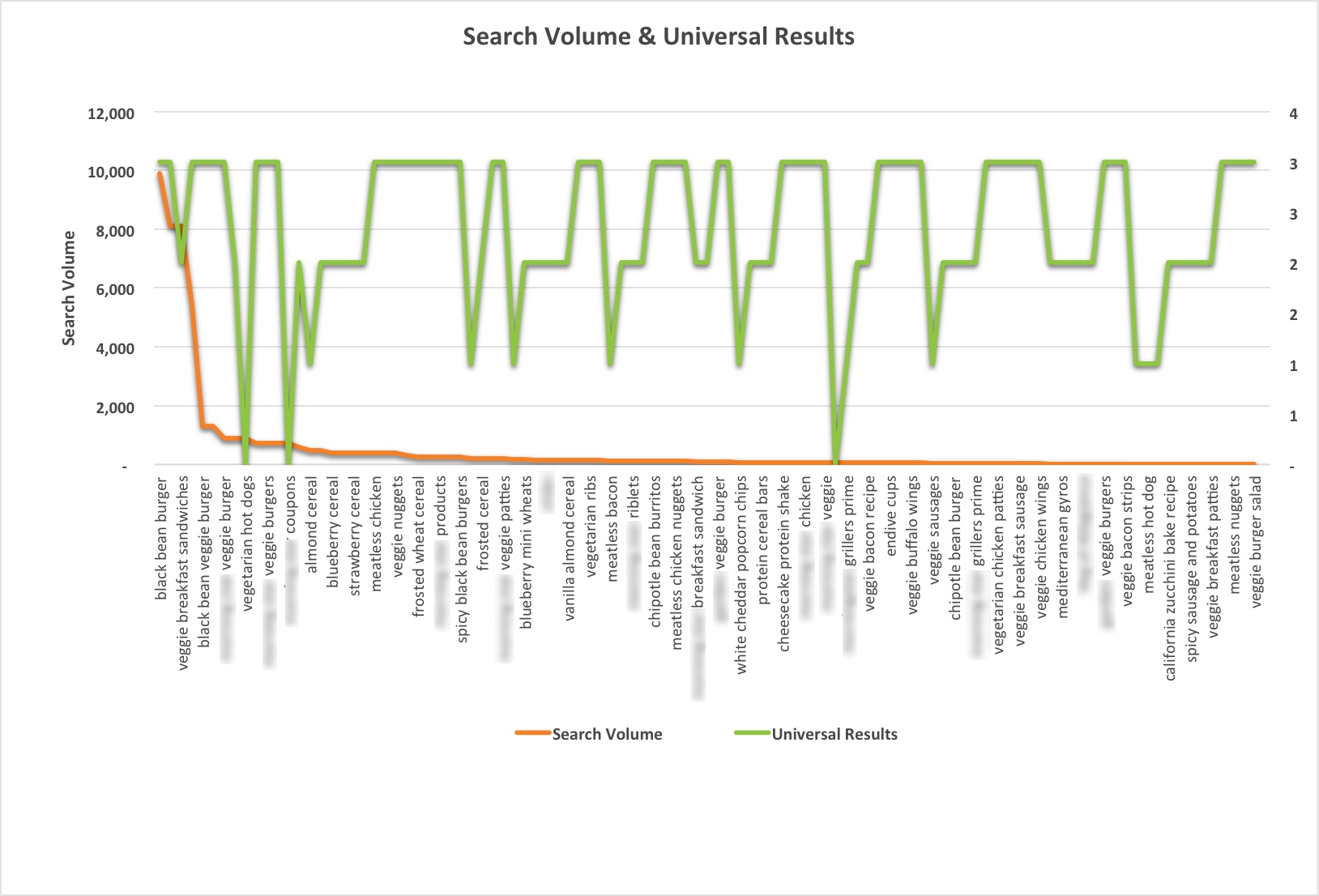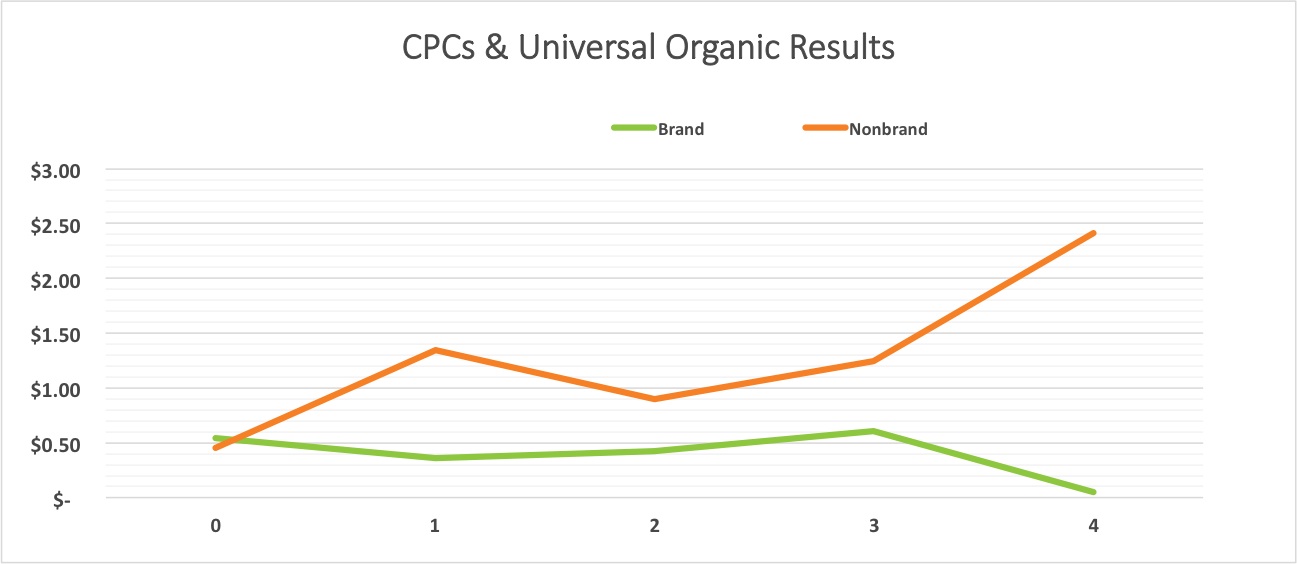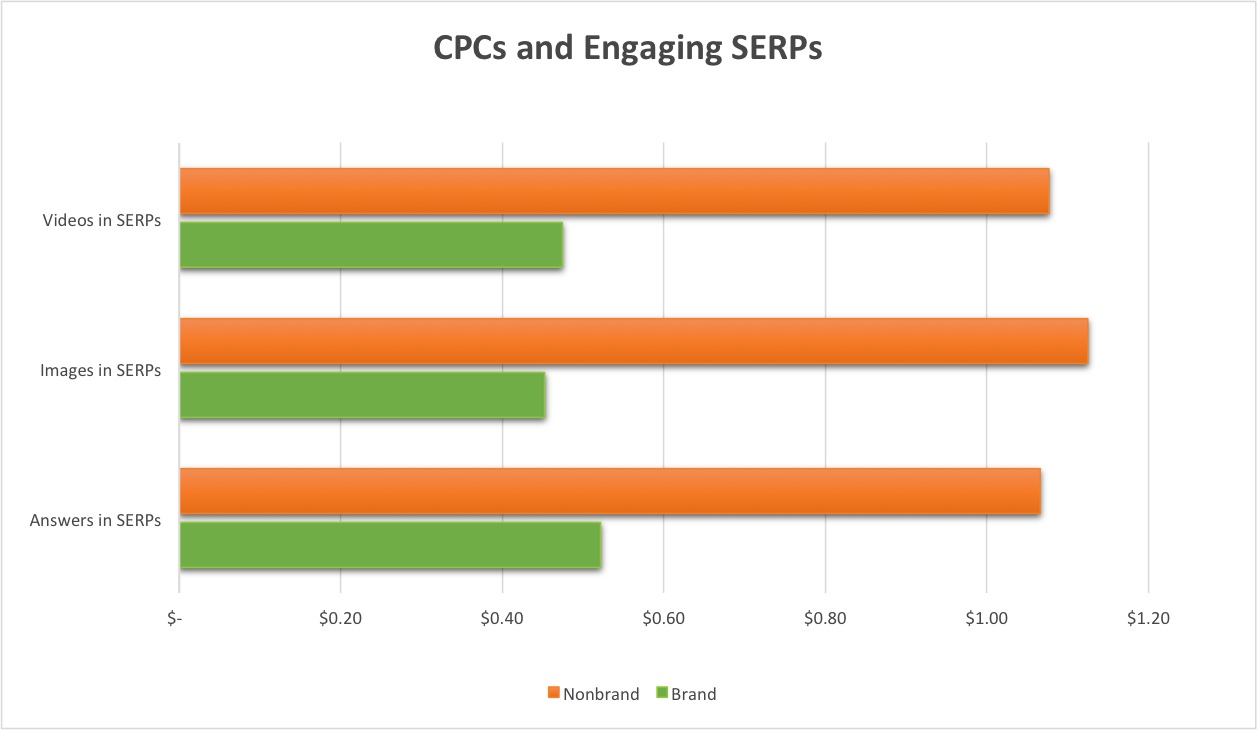Recent moves by Google indicate that the search volume metric for keywords will become less available and by default, less important. In this article, you’ll find out what metrics may actually be better at demonstrating keyword value and opportunity so that you have a more holistic content optimization strategy.
We’ve read about and experienced firsthand the impact of limited data coming from the Google AdWords Keyword Planner as of late. Search volume is a metric that many SEOs have come to rely on when creating a content optimization strategy, but it’s seemingly on its way out.
And is this really a bad thing?
In this post, I’ll explore why search volume should already be a metric of the past, and what other approaches and tactics yield better results in a holistic content optimization strategy.
The Background
In the summer of 2016, marketers were noticing some changes to the Keyword Planner tool. In June, some observed that search query data was lumped together in a way not seen before, for example, plural forms of a word and singular forms of a word both showed the same search volume (when in the past, we might see different volumes for each).
Then in August, there was another big change. AdWords began showing search volume ranges, not specific numbers, for queries in accounts that had a low monthly AdWords spend. And the ranges were pretty vast (think 100,000 – 1,000,000).
Here’s the word on that from an official announcement in an AdWords forum:
Hi AdWords Community,
As of this week, previous technical issues affecting the Keyword Planner tool are now resolved. Some important updates to keep in mind:
- Most advertisers will see search volume data in Keyword Planner as usual.
- Advertisers with lower monthly spend may see a limited data view in the Keyword Planner. For example, you may see values such as 0, 1-100, 100-1K, 1K-10K, 10K-100K, 100K-1M, 1M+ in the average monthly searches column. In addition, other advertisers may trigger the limited data view by reaching a limit on the number of searches for search volume data.
- Access to traffic forecast data will remain unchanged.
- The AdWords API will continue to return full data.
These changes will ensure that AdWords advertisers are able to get the data they need to optimize their accounts.
The community was less than thrilled with the changes:

Yes, Keyword Planner is for advertisers. And yes, many SEOs rely on data from other tools when planning their content optimization, but it was a tool that many still referenced.
The real issue here is not the fact that we’re getting less access to data. It’s how we can adapt and ultimately progress past that search volume metric, especially when it may not be the best indicator of opportunity (and it may very well be going away for good in the future).
This is somewhat reminiscent of when the SEO community was forced to rethink its approach when we lost access to keyword data in Google Analytics and “not provided” became the norm.
But before SEOs go into a panic, marketers have already begun sharing ideas on how to shift our mindset away from the search volume metric altogether and achieve better results with content optimization.
Better Than Search Volume
Michael Hanson is an SEO manager at iProspect (full disclosure, he is a client of my employer, Linkdex). He sat down with me to discuss solutions to the search volume conundrum.
Michael’s approach at iProspect when creating a content optimization plan centers on something more robust than the search volume metric, and the results are powerful.
The approach still uses data about keywords, but in a much different way.
“One day I was looking for a way to summarize the highest opportunity keywords for a particular client across the multiple brands we manage for them, and what I found was search volume was not the best indicator,” says Michael.
He adds, “Instead, what I found to be better was a combination of looking at data around the Universal Search results and other elements of ranking on a SERP for any given keyword.”
Michael then went on to explain the method.
For any given keyword, certain SEO platforms like Linkdex will offer additional data like what position that website is ranking for with that keyword, and if that website has content showing in the Google “answer box” or in the Universal Search results.

Data provided by iProspect
If any given keyword is already capturing high organic rankings for the business (Positions 2 – 15), and has shown up in different areas of the search results like the answer box and Universal Search, these can be considered high-opportunity keywords.
In other words, the current performance of keywords in the SERPs presents far more opportunity for additional content optimization than looking at search volume alone.
Surprisingly, during his research, Michael found that the keywords with the highest opportunity based on this method were sometimes the keywords with the lowest search volume.

Data provided by iProspect
As an aside, Michael wanted to see if the cost per click on the paid side went up for any given keyword the more that keyword had additional elements on the organic SERP.
Michael tracked almost 2,000 keywords to see if his theory was on the right track. What he found was that as keywords had more objects in the Universal Search results, the cost per click went up for those non-branded terms on the advertising side.

Data provided by iProspect

Data provided by iProspect
The idea here is there’s a possibility that because ads are competing with extremely engaging content on the organic side, advertisers may have more competition with the entire SERP, and have to pay more to play.
This brings us back to metrics like Universal Search results and the answer box, and how they may be a better indicator of content optimization opportunity than just search volume.
OK, Now What?
All these metrics and data are great, but again, it’s about reframing how we approach content optimization, and moving away from metrics that were once useful and maybe won’t be as useful in the future.
The principal factor here is knowing how to engage your audience in a moment of time when they are looking for something relative to the keyword and the keyword’s intent.
Search volume is absent for a lot of keywords that offer opportunity. In fact, Google has gone so far as to say that on any given day, its search engine sees 15 percent of queries it has never seen before (one of the things AI RankBrain is designed to handle). So there’s no way search volume even exists as a usable metric for that subset.
Consequently, keywords with seemingly no search volume can still yield extremely engaging search results, thus making those keywords and their subsequent content very important to the searcher.
“Instead of just relying on page titles, Meta descriptions and body content optimization, this approach to SEO [not relying on search volume] helps agencies and consultants to look at content optimization from a more holistic view,” says Michael.
“Now we can show companies what other elements need to be on a page, whether it’s a table markup, image or video, to show up in the various opportunities on the SERPs,” he adds. “This is a data-driven way to push companies to create better content.”
Intent-Based Optimization
Many of us understand the concept of intent behind keywords. But anticipating your audience needs is only going to become more important in the future.
Google has already confirmed its plan to split its index, resulting in a mobile-first index and a desktop index. So beyond page-level optimization, we also have device-driven intent.
This is way beyond search volume. And I’ll bet you a steak dinner (or any vegetarian alternative) that Google is eventually going to turn off search volume altogether, and it’s going to disappear from our organic search conversations.
There are others in the space who believe an intent-based approach is the way marketers should be thinking now. Mike Grehan of Acronym Media has talked extensively about this:
“We learned early on that building marketing programs that solve for customer intent produces stronger business results. That’s why we’ve spent 20 years helping our clients identify the intent behind customer searches—whether it’s navigational, informational, or transactional in nature. And based on that, we match the intent with the right content response. It’s a formula that’s really worked for us—because it works for consumers.”
In Summary
While search volume today may be a useful metric as part of the larger analysis of a keyword, it should not be a leading indicator of value.
Michael Hanson agrees: “If you want to save money over time on PPC while at the same time creating content that can rank really well, generate great Quality Scores and attract organic visits, use this method to create strong content that matches intent.”
As we see various moves by Google play out, it’s becoming clearer that the search volume metric is a very small piece of the pie when it comes to organic content optimization and being where your audience is.
Image credits:
Featured Image: Pexels / Macbook Air on Grey Wooden Table
Screenshot by Christopher Hart. Taken December 2016.





